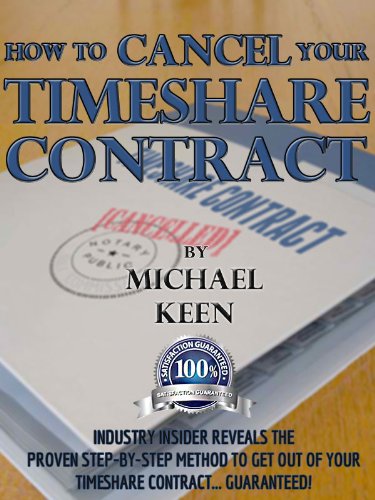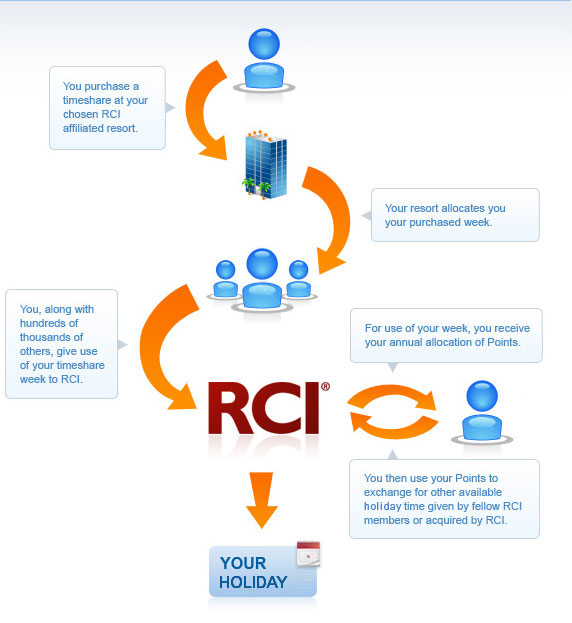Your loan provider determines a fixed month-to-month payment based upon the loan quantity, the rates of interest, and the variety of years require to pay off the loan. A longer term loan results in greater interest costs over the life of the loan, successfully making the house more costly. The interest rates on adjustable-rate home mortgages can change at some time.
Your payment will increase if interest rates go up, but you might see lower required monthly payments if rates fall. Rates are generally fixed for a variety of years in the beginning, then they can be changed each year. There are some limits as to how much they can increase or decrease.
Second mortgages, also called house equity loans, are a method of borrowing against a residential or commercial property you currently own. You may do this to cover other costs, such as financial obligation combination or your child's education costs. You'll include another home loan to the property, or put a new very first home loan on the house if it's paid off.
They only receive payment if there's cash left over after the very first home mortgage holder earns money in the occasion of foreclosure. Reverse mortgages can supply earnings to homeowners over the age of 62 who have actually built up equity in their homestheir residential or commercial properties' worths are significantly more than the staying home loan balances versus them, if any. In the early years of a loan, many of your home mortgage payments go towards settling interest, producing a meaty tax deduction. Easier to qualify: With smaller sized payments, more customers are qualified to get a 30-year mortgageLets you fund other goals: After mortgage payments are made every month, there's more money left for other goalsHigher rates: Since lending institutions' risk of not getting repaid is spread out over a longer time, they charge greater interest ratesMore interest paid: Paying interest for 30 years includes up to a much greater total expense compared to a shorter loanSlow development in equity: It takes longer to build an equity share in a homeDanger of overborrowing: Qualifying for a bigger home loan can tempt some individuals to get a bigger, better house that's more difficult to manage.
Higher maintenance costs: If you go for a costlier house, you'll face steeper expenses for real estate tax, upkeep and perhaps even energy bills. "A $100,000 house might need $2,000 in yearly maintenance while a $600,000 house would require $12,000 per year," says Adam Funk, a certified monetary organizer in Troy, Michigan.
With a little planning, you can combine the safety of a 30-year mortgage with one of the main benefits of a shorter mortgage a much faster course to completely owning a house. How is that possible? Settle the loan quicker. It's that simple. If you desire to try it, ask your loan provider for an amortization schedule, which shows how much you would pay each month in order to own the home totally in 15 years, twenty years or another timeline of your picking.
Making your home loan payment automatically from http://www.pearltrees.com/marmaiukyj#item318055946 your checking account lets you increase your month-to-month auto-payment to meet your goal but bypass the boost if required. This method isn't similar to a getting a shorter home loan due to the fact that the rates of interest on your 30-year home mortgage will be a little higher. Rather of 3.08% for a 15-year fixed home mortgage, for instance, a 30-year term may have a rate of 3.78%.

For mortgage consumers who want a shorter term but like the flexibility of a 30-year home mortgage, here's some suggestions from James D. Kinney, a CFP in New Jersey. He suggests buyers assess the monthly payment they can pay for to make based on a 15-year mortgage schedule but then getting the 30-year loan.
Whichever method you settle your house, the greatest benefit of a 30-year fixed-rate home loan might be what Funk calls "the sleep-well-at-night effect." It's the warranty that, whatever else changes, your house payment will stay the very same.
Buying a home with a home loan is probably the biggest monetary deal you will participate in. Usually, a bank or home loan loan provider will fund 80% of the price of the home, and you accept pay it backwith interestover a specific duration. As you are comparing loan providers, mortgage rates and alternatives, it's valuable to comprehend how interest accrues monthly and is paid.
These loans included either repaired or variable/adjustable rate of interest. A lot of home mortgages are totally amortized loans, indicating that each month-to-month payment will be the same, and the ratio of interest to principal will alter over time. Put simply, Click here for info every month you repay a part of the principal (the amount you've obtained) plus the interest accrued for the month.

The length, or life, of your loan, also determines just how much you'll pay monthly. Fully amortizing payment describes a regular loan payment where, if the debtor pays according to the loan's amortization schedule, the loan is completely settled by the end of its set term. If the loan is a fixed-rate loan, each completely amortizing payment is an equal dollar amount.
Extending payments over more years (up to 30) will generally lead to lower regular monthly payments. The longer you require to settle your mortgage, the higher the general purchase cost for your house will be due to the fact that you'll be paying interest for a longer duration. Banks and loan providers mostly offer two kinds of loans: Interest rate does not change.
Here's how these operate in a home mortgage. The regular monthly payment remains the exact same for the life of this loan. The rates of interest is locked in and does not alter. Loans have a payment life period of 30 years; much shorter lengths of 10, 15 or twenty years are also commonly offered.
A $200,000 fixed-rate home mortgage for 30 years (360 regular monthly payments) at an annual rate of interest of 4.5% will have a month-to-month payment of approximately $1,013. (Taxes, insurance and escrow are extra and not included in this figure.) The annual rates of interest is broken down into a regular monthly rate as follows: An annual rate of, state, 4.5% divided by 12 equals a monthly rates of interest of 0.375%.